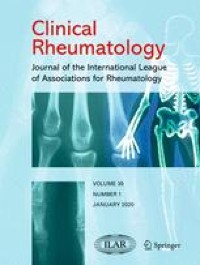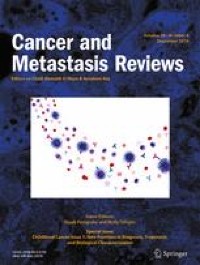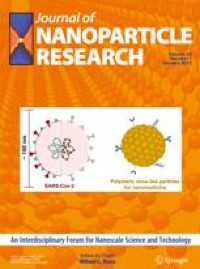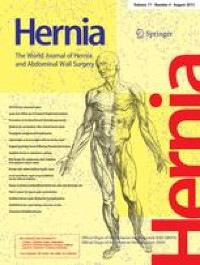Abstract
Objectives
This study aimed to evaluate the risk for atherosclerosis by using echocardiographic arterial stiffness (AS) parameters and serum endocan levels, as a biomarker of endothelial dysfunction (ED) in children with FMF.
Methods
Seventy-nine children with FMF (12–18 years) and 41 healthy children were included, and clinical features (age at the first attack, age at the time of diagnosis, diagnosis delay time, colchicine dose, biological agent usage, MEFV mutations, and symptoms of attacks) of patients were noted. Arterial stiffness parameters were calculated by using echocardiographic aortic measurements with blood pressure monitoring. Hemogram parameters, acute phase reactants, blood glucose and lipid levels of 12 hours of fasting, and serum endocan levels were evaluated for all participants.
Results
There were no statistically significance regarding demographic features, acute phase reactants, and hemogram parameters. Blood glucose and lipid levels were similar, except for HDL (lower in FMF group, p=0.029). Serum endocan levels did not differ in two groups (p=0.906). Only stiffness of descending aorta was lower in FMF group (p=0.028), and the other AS parameters were similar between two groups (p>0.05 for each parameters).
Conclusion
Good disease control could be preventive for atherosclerosis in children with FMF. On the other hand, screening for cardiovascular diseases is essential, particularly for uncontrolled cases.
Graphical abstract
Distribution of MEFV gene mutations

Key points
• Exaggerated inflammation is the prominent feature of FMF attacks; moreover, it is shown that subclinical inflammation might also continue in attack-free periods.
• Chronic inflammation contributes to atherosclerotic process in almost all stages by activating endothelial cells, producing reactive oxygen species, and accelerating foam cell and atherosclerotic plaque formations.
• However, the results of this study showed that there was no difference in terms of atherosclerotic markers such as serum endocan levels and arterial stiffness parameters between pediatric FMF patients and healthy peers.
• Good disease control in pediatric FMF patients may prevent early atherosclerotic changes during childhood, which then may lead a probable decreased risk of subsequent CVD in adulthood.








